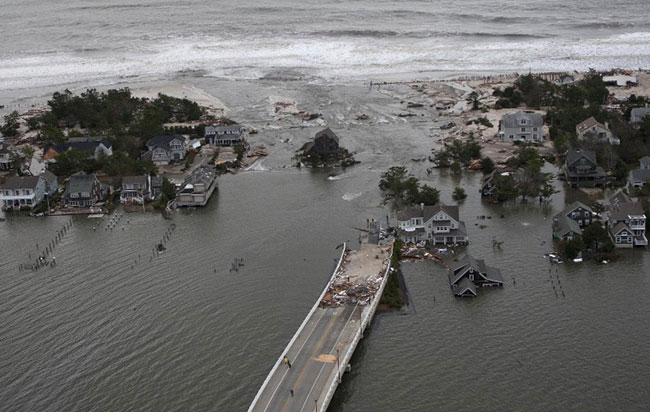We all watch the local weather and wonder how forecasters predict (or in some cases mis-predict) the future of weather. While they may not all agree on the forecast, they do agree that the more current and historical data you have, the better your ability to predict what might happen over the next hours, days and weeks.
A term used to describe this growing amount of information is Big Data, and more and more of it leverages Hadoop, a flexible architecture that provides the analysis tools and scalability required to comb through and utilize all available data. When recently talking to a US-based meteorologist (the technical name for a degreed weather forecaster), I learned that meteorologists rely on many different weather models from various sources to help create their forecasts.
Weather spawns downpour of Big Data
These models collect massive amounts of weather information from around the world. Using this information, computers then run billions of calculations to mimic the motion of weather patterns in the Earth’s dynamic atmosphere and produce forecasts for any given location over time. It was interesting to learn that not all weather models are equal.
While weather modeling websites worldwide collect this atmospheric data and provide it to meteorologists, the European community is seen as having the most accurate information. When I asked why, I learned that European weather modeling sites have some of the fastest computer hardware and technology, enabling them to analyze more data faster, which produces better overall forecasts. The US weather professional I spoke with tends to use these European sites as part of his analysis, and when European models conflict with those from US sites, he often leans toward the European data.
His use of the European weather modeling sites points to the value of fast, accurate analysis of Big Data. It also underscores the implications of vast amounts of data overwhelming the ability of the compute and storage resources available to process it. An accurate and timely weather forecast is critical and a bad or missed forecast can have terrible and even deadly consequences.
A case in point: Hurricane Sandy
 In this article on Hurricane Sandy forecast speed and accuracy, you can see how removing just one source of data can dramatically reduce the accuracy of predicting a critical event such as where a hurricane will make landfall. To be sure, the more data you can store and the faster you can process it for analysis, the greater your potential competitive advantage, even in the vaunted halls of meteorological analysis and prediction.
In this article on Hurricane Sandy forecast speed and accuracy, you can see how removing just one source of data can dramatically reduce the accuracy of predicting a critical event such as where a hurricane will make landfall. To be sure, the more data you can store and the faster you can process it for analysis, the greater your potential competitive advantage, even in the vaunted halls of meteorological analysis and prediction.
The Hadoop® architecture is a great tool for efficiently storing and processing the growing amount of data worldwide, but Hadoop is only as good as the processing and storage performance that supports it. This gets interesting as you think about and explore the ripple effect of accurate or inaccurate forecasting in many areas. In my next blog post I will explore one of those – flu vaccines.
Whether in fashion, medical, weather or other fields , the use of Hadoop for high levels of speed and accuracy in big data analysis requires computers with application acceleration. One such tool is Seagate Nytro™ Application Acceleration.
This post is part of a three-part series on real world uses for big data
Part 1 examines big data for weather forecasting.
Part 2 examines big data in the medical industry.
Part 3 examines big data in the fashion industry.








Leave A Comment